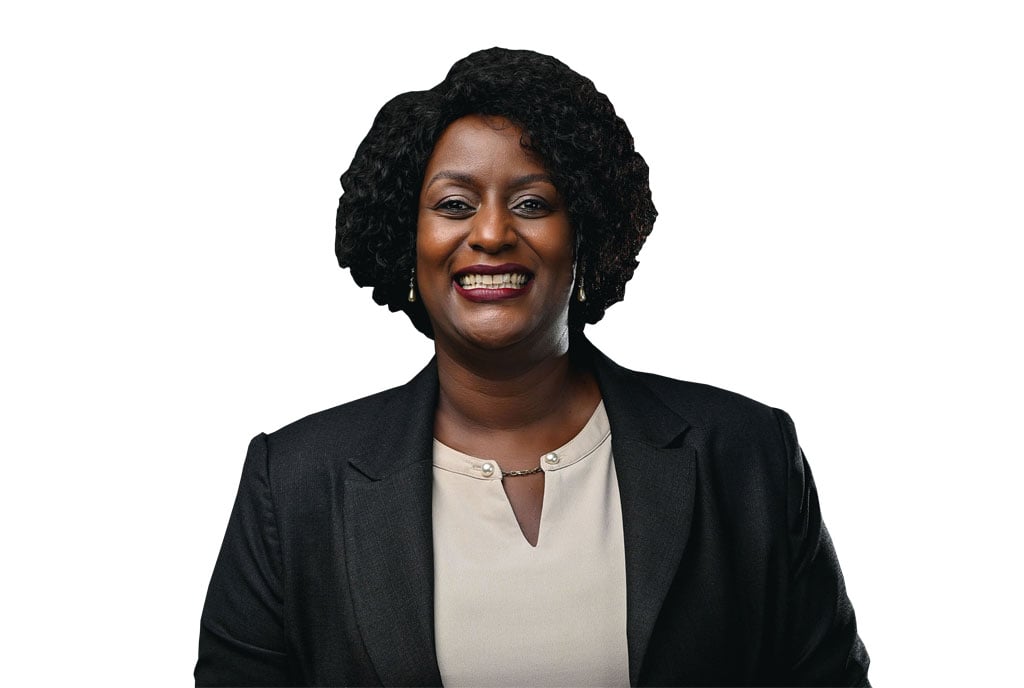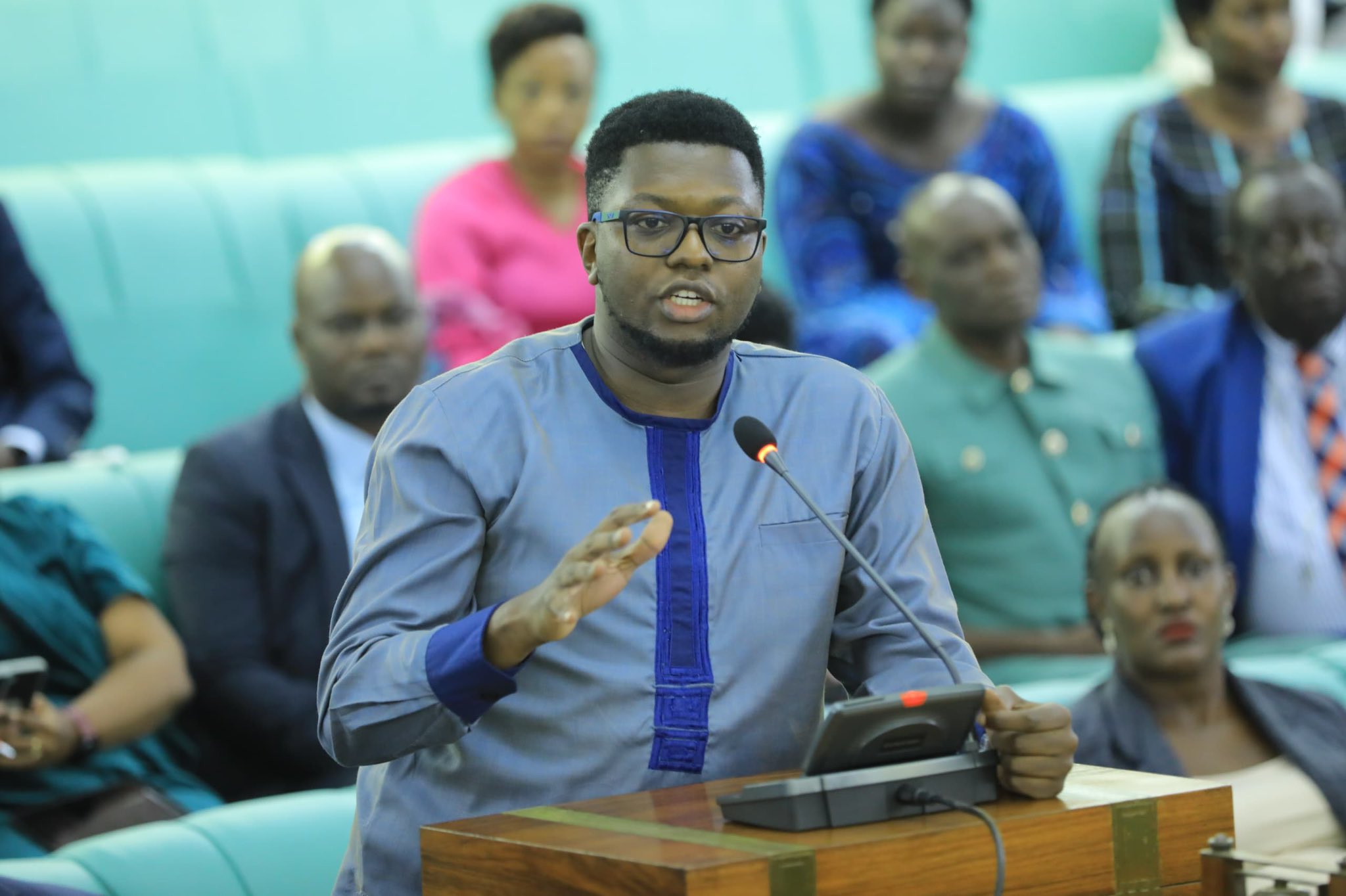Prime
Life and times of Omukama Kabalega

Laid to rest. Omukama Kabalega being laid to rest at Mparo, Hoima District. He died in 1923 in Busoga region. FILE PHOTOS/ ILLUSTRATIONS BY IVAN SENYONJO
What you need to know:
Final episode. Omukama Kabalega was said to have had an intimidating face. He was also said to be very proud, combative as a teenager and enjoyed hunting. And it was for such traits that some members of the royal family feared being close to him, Faustin Mugabe writes.
When studying African resistance of European imperialism in the 19th Century, the name Kabalega features prominently.
Omukama Kabalega was one of the few African kings who opposed European rule in Africa. He commanded a long military campaign against British rule in his kingdom Bunyoro.
Born around 1853 to King Kyebambe IV Kamurasi Mirundi and Kanyange Nyamutahingurwa, Kabalega was the 23rd king of Bunyoro-Kitara.
Birth
It is said that Kabalega’s mother, Nyamutahingurwa, was taken captive by the Abarusuura, Bunyoro’s special forces, in Buleega during a raid.
She was a princess from the Bayonza clan of the Bahuma tribe in the now Democratic Republic of Congo. It is said that Kabalega was born at Mwenge, a territory that is now in Tooro Kingdom in western Uganda.
Shortly after Kabalega was born, there was a succession war in Bunyoro-Kitara, as the kingdom was called then. And his father, King Kamurasi, retreated to Buleega territory which is east of Mt Rwenzori to recoup.
However, others say that when the king retreated to Buleega, one of his wives, Nyamutahingurwa, was already pregnant and when the she gave to a baby boy, he was named, “Akaana ka Buleega” (the child of Buleega). Eventually, the name was shortened to Kabaleega.
As a matter of fact, the word Kabaleega should have double ‘E’ according to Runyoro vocabulary, but because it was misspelled by the British in the earliest documents, to date it is written with a single ‘E’.
King Kamurasi had about 40 children, it is said.
Personality
Omukama Kabalega was of medium height. It is said that he was about 5’9 tall. It is said Kabalega had an intimidating face. He was also said to be very proud, combative as a teenager and enjoyed hunting.
And it was for such traits that some members of the royal family feared being close to him. Kabalega was said to be intolerant of negative criticism, especially of the kingdom affairs.
Indeed, he is remembered for sentencing his brother, Prince Komwiswa, to life imprisonment and demoted another prince, Rujumba, to herdsman and sent him to his kraal in Mwenge.
Kabalega, like Kabaka Mwanga of Buganda, is said to have executed one of his sisters for allegedly supporting a group of royals who opposed Kabalega’s style of administration.
Baker, Emin Pasha describe Kabalega
Two Europeans who met King Kabalega remember him differently.
German Jew Eduardo Schitwtezer, aka Emin Pasha, said this of Kabalega: “He is very lively; he laughs a lot, often shaking with mirth. He is very talkative and appears to submit to ceremonial with a certain measure of constraint. His constant spitting is his only bad habit.”
In the same Uganda Journal of November 1953 Volume 3 No. 4 Samuel Baker talks about Kabalega.
Baker was a British explorer who first met Kabalega in 1864 when he came to Kabalega’s father, Kamurasi’s palace when Kabalega was still a teenager. He met Kabalega again in 1872 when the Omukama had succeeded his father.
Baker had returned to Bunyoro as the governor-general of the Equatorial Province and had returned to conquer Bunyoro and add it into the Equatorial Province under Khedive Ismail of Egypt.
Baker described Kabalega thus: “A gauche, awkward, undignified lout, cowardly, cruel, cunning and treacherous to the last three. The king’s every virtue was a vice: Kabalega’s teeth were exceedingly white while his large eyes projected disagreeably; he was excessively neat.”
Kabalega becomes a king
Kabalega’s father, Kamurasi, died in 1869 in Masindi and in March 1870 Kabalega was crowned king. He is said to have been about 16 years old. But even before Kamurasi could be buried, a succession war had already begun.
Those contesting for the throne were Ruyonga, Kabigumire, Mupiina and Mpuhuuka. While Kabigumire was thought to be the successor, at least according to the royal members, Kamurasi had told his brother Nyaika that Kabalega should be his heir.
Ruyonga and Mpuhuuka attempted to fight Kabalega, but he got support from Buganda and Ankole as well as Sudanese fighters who had come with Emin Pasha and stayed behind.
Ruyonga and Mpuhuuka were defeated and fled to Acholi, across River Nile. The war lasted about nine days and having won, Kabalega had his father Kamurasi buried at Ngangi now Karuguza Town Council, Kibaale District.
The coronation ceremony of Kabalega was held under the famous Nyakahuma/ Nyahima/Nakayima tree at Mubende Hill, now in Mubende District.
Family man
Although Kabalega had an intimidating face, he also had a charming side. By the time he died in 1923, he had fathered more than 100 children from tens of women.
However, Maliza Mukakyabara Bagaya, who was the elder sister of King Kasagama of Tooro, was Kabalega’s first wife.
When Kabalega was captured and exiled to the Seychelles in 1899, she returned to Tooro Kingdom. Kasagama was the son of Prince Nyaika, a brother of King Kamurasi and father of Kabalega.
Kabalega married his first cousin – which was the norm in the great Bunyoro-Kitara Kingdom of the 19th Century.
Because the kings and princes married only from the royal family, it was easy for a king to marry his first cousin.
Of the more than 50 sons Kabalega had, it was Yosiya Kitayimbwa who succeeded him in 1899 when Kabalega was exiled by the British.
Another of his sons, Duhaga, also ruled the kingdom. After Duhaga died in 1924, another son, Sir Tito Gafabusa Winyi IV, took up the reins of Bunyoro. Gafabusa Winyi died in 1971.




